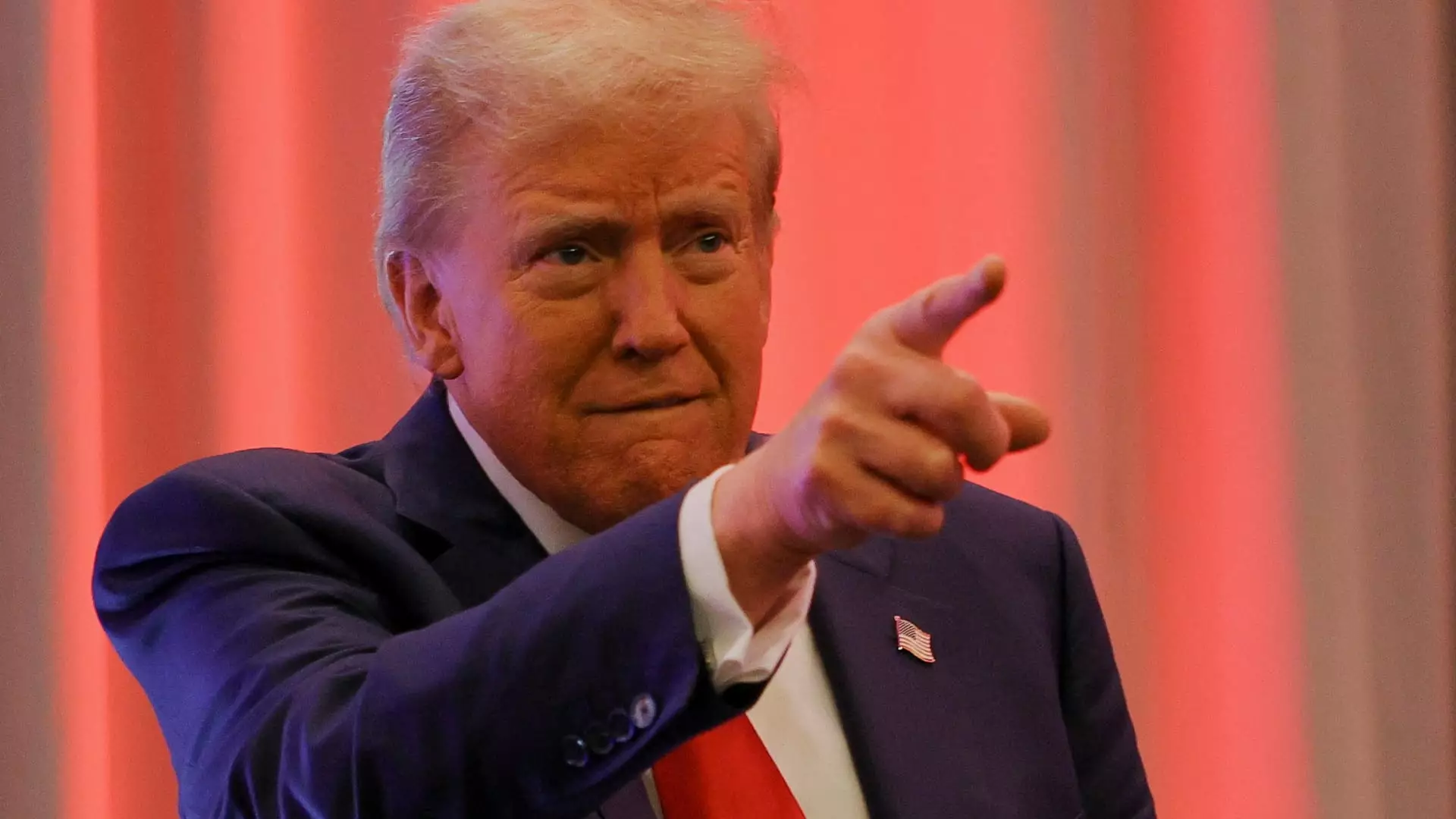This past week, small-cap stocks exhibited remarkable performance on Wall Street, igniting discussions about the potential resurgence of the “Trump trade.” The iShares Russell 2000 ETF (IWM) experienced a noteworthy increase of over 4% in value, significantly outperforming other indices such as the S&P 500 and Nasdaq Composite, both of which rose by approximately 1.7%. Meanwhile, the Dow Jones Industrial Average saw gains close to 2%. This trend suggests that investors are once again leaning towards small-cap stocks, primarily driven by expectations surrounding a potential second term for Donald Trump as President. His economic policies, characterized by aggressive tariffs on imports, are perceived as favorable for smaller companies that tend to operate domestically.
While small-cap stocks thrived, they were not alone in basking in the limelight of the Trump trade comeback. Several assets and sectors also registered substantial gains, including Bitcoin—marketed as a hedge against economic uncertainty. Bitcoin’s value has surged near its all-time high, suggesting that investors view Trump’s anticipated return positively for the cryptocurrency arena. Furthermore, shares of prominent companies, including Tesla, Trump Media & Technology Group, Halliburton, and U.S. Steel, also recorded significant upward movements during the same time span. This collective momentum poses the question of whether this trend can maintain its trajectory or if a correction is imminent.
Tom Fitzpatrick, a managing director at R.J. O’Brien & Associates, voiced optimism regarding the sustainability of this rally, citing historical precedents from the 2016 and 2020 election cycles. Fitzpatrick noted that the current economic indicators suggest a robustness in the Trump trade, stating, “It’s hard to fade these moves right now.” His confidence is grounded in the expected outcomes from the upcoming Federal Reserve meeting, suggesting that the broader market could correlate closely with political movements.
Cryptocurrencies, particularly Bitcoin, have garnered attention following Trump’s electoral victory, with its price spiking past $99,000 recently. Many crypto investors anticipate that Trump’s administration could establish a favorable environment for digital currencies. Details of his proposed initiatives, such as creating a stockpile of Bitcoin, fuel this bullish sentiment. As Gary Gensler, the SEC chair known for his critical stance on cryptocurrencies, prepares for his exit, the climate for digital assets may further refine.
Tesla’s stock performance aligned with this week’s trends, seeing a significant leap of nearly 10%. Elon Musk’s connection to Trump not only fortifies investor confidence in Tesla but also ties the manufacturer closely to the political dynamics at play. Innovations in the electric vehicle sector might benefit from Trump’s commitments to promote domestic manufacturing and infrastructure development. Furthermore, the new Department of Government Efficiency that includes Musk’s involvement indicates a strategic partnership that may enhance Tesla’s positioning within government contracts.
Even within traditional sectors like steel and energy, substantial gains were observed. U.S. Steel and Halliburton saw their shares rise around 9% and 7.6%, respectively. These increases can be traced back to Trump-era policies that may revive domestic industries and bolster traditional manufacturing jobs. U.S. Steel, in particular, stands to gain from proposed tariffs on Chinese imports, positioning them favorably against foreign competition. When looking at Halliburton, the narrative shifts toward energy resurgence, with parallels drawn to the energy policy landscape of 2016. The phrase “drill, baby, drill” encapsulates the foreseen revival in domestic energy production, which will likely resonate with investors.
While the surge in small-cap stocks and other assets tied to the Trump trade reflects a wave of renewed optimism in the markets, the environment remains highly volatile. Investors are keenly aware that political developments, regulatory changes, and market sentiment can shift rapidly. Therefore, while the current trajectory may appear favorable, both the equity and cryptocurrency markets will need to navigate these waters cautiously to sustain momentum. A comprehensive understanding of the underlying policies and their economic consequences will ultimately dictate whether this bullish trend is temporary or indicative of long-term growth.

